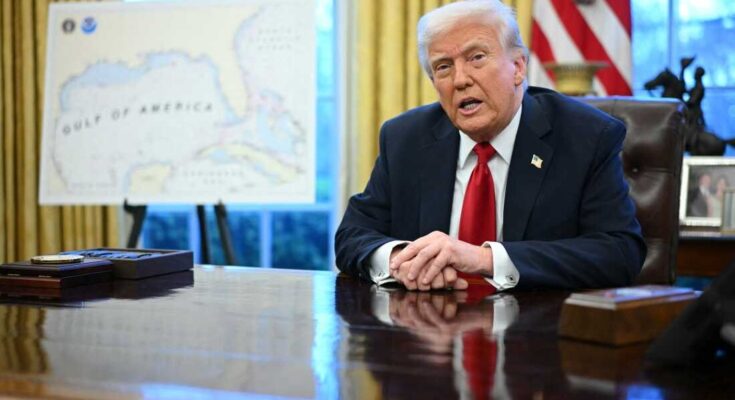President Donald J. Trump has announced a significant policy change involving the imposition of 25% tariffs on imported automobiles and certain auto parts, set to take effect on April 2, 2025. This decision is framed as a measure to bolster U.S. national security and protect domestic manufacturing.
Key Details of the Tariffs
Tariff Rate and Scope: The tariffs will apply a 25% duty on all passenger vehicles (including sedans, SUVs, crossovers, minivans, cargo vans) and light trucks not manufactured in the United States. Additionally, key automobile parts such as engines, transmissions, powertrain components, and electrical parts will also be subject to this tariff rate.
Implementation Timeline: The collection of these tariffs is scheduled to begin on April 3, 2025.
Exemptions for USMCA-Compliant Goods: Vehicles and parts that comply with the United States-Mexico-Canada Agreement (USMCA) will initially remain exempt from these tariffs until a process is established by the Secretary of Commerce to apply tariffs based on non-U.S. content.
Expected Revenue Generation: The White House estimates that these tariffs could generate approximately $100 billion annually in revenue.
Rationale Behind the Tariffs
National Security Concerns: The administration argues that excessive imports threaten the U.S. automotive industry’s viability and thus pose a risk to national security. By invoking Section 232 of the Trade Expansion Act of 1962, Trump aims to adjust imports that are deemed detrimental to national interests.
Strengthening Domestic Manufacturing: Trump’s administration believes that these tariffs will incentivize foreign automakers to relocate production facilities back to the United States or expand existing operations within the country. This move is intended to revitalize American manufacturing jobs which have been declining over recent decades.
Response to Global Trade Practices: The announcement comes amid ongoing tensions regarding trade practices with various countries that have historically benefited from lower import duties into the U.S., including Canada and Mexico.
Economic Implications
Impact on Vehicle Prices: Experts predict that these tariffs could lead to significant increases in vehicle prices for consumers—estimates suggest price hikes ranging from $4,000 up to
$12,500 per vehicle depending on the model. This increase could further exacerbate inflationary pressures already affecting consumers.
Market Reactions: Following Trump’s announcement, shares of major automakers like General Motors and Ford fell sharply in after-hours trading due to concerns about increased production costs and potential declines in sales volume.
Job Market Effects: While some believe that domestic job creation may result from increased manufacturing within the U.S., others warn that higher costs could lead to reduced consumer demand for new vehicles, potentially resulting in job losses across both assembly plants and supply chains.
Potential Retaliation from Other Countries: There are concerns about retaliatory measures from affected countries such as Canada and Mexico, which could impose their own tariffs on U.S.-made goods in response. This escalation could lead to broader trade tensions impacting various sectors beyond just automobiles.
Conclusion
In summary, Trump’s new auto tariffs represent a bold shift in U.S. trade policy aimed at protecting domestic industries under the guise of national security concerns while attempting to stimulate local manufacturing jobs. However, this approach raises numerous economic questions regarding its impact on consumer prices, market dynamics, and international relations.

